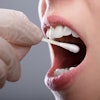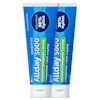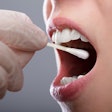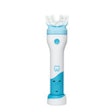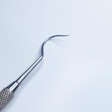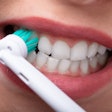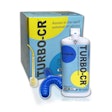Ultrasonic scalers reduced the physical workload in some muscles but had little to no effect on muscular rest and percentile load in a group of dental hygienists, according to a study in Applied Ergonomics (December 28, 2011).
Researchers from Lund University used electromyography, inclinometry, and goniometry to record the physical workload for 12 female dental hygienists during work. In relation to other types of work, their work was characterized by pronounced head flexion, high loads on the forearm extensor muscles, average loads on trapezius muscles, average arm elevation, and average wrist flexion and velocities.
Use of ultrasonic scaling and handpieces showed higher loads on the trapezius muscles, regarding muscular rest, than the other tasks, and for the forearm extensor muscles an almost complete lack of muscular rest (0.1% time), and much higher loads regarding the 10th and 50th percentiles. In addition, the researchers found more pronounced head flexion and lower head and upper arm velocities, indicating more constrained postures for the neck and shoulders.
Use of the ultrasonic scaler reduced the 50th percentile loads on the right forearm extensor muscles, but had no effect on the fraction of muscular rest and the 10th percentile load.
"These findings are consistent with the high prevalences of musculoskeletal disorders among dental hygienists," the researchers concluded.
